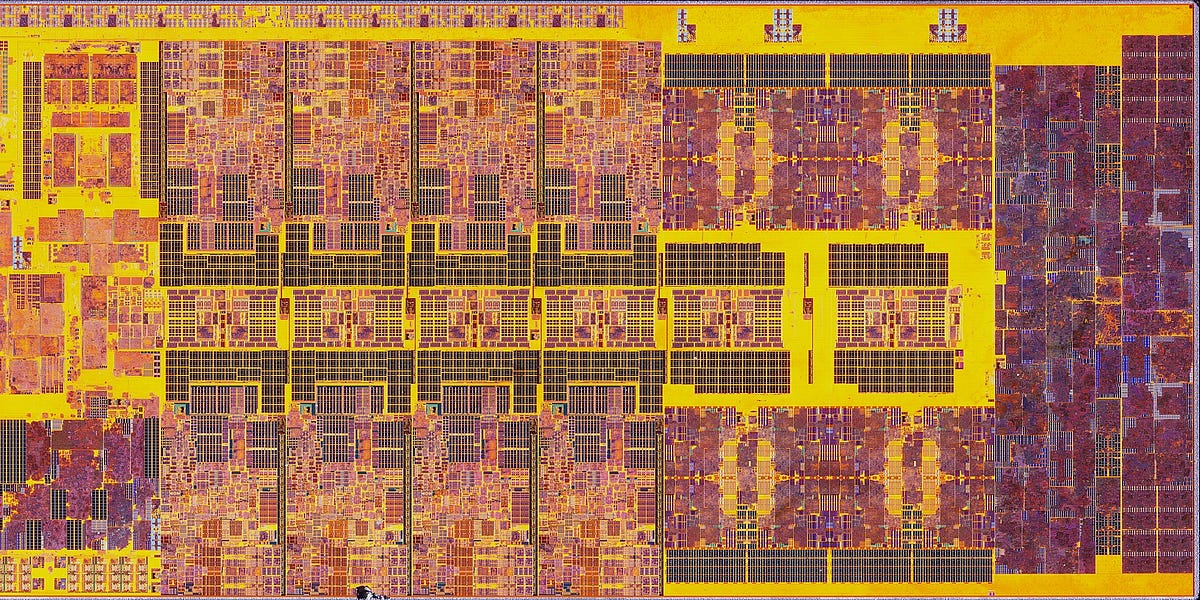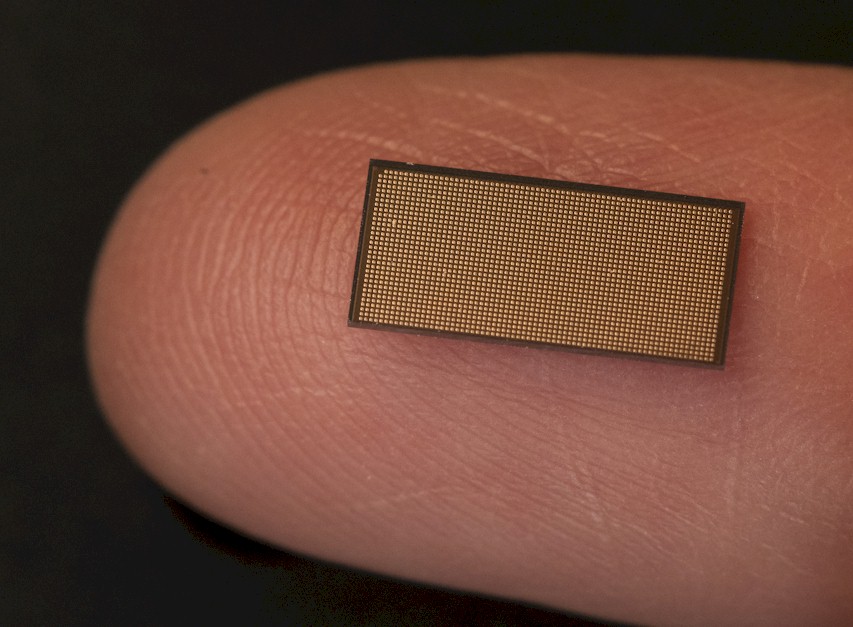Copyright © 1990-2005 by DisplayMate Technologies Corporation. All Rights Reserved. This article, or any part thereof, may not be copied, reproduced, mirrored, distributed or incorporated into any other work without the prior written permission of DisplayMate Technologies Corporation
We are in a renaissance of display technologies. Ten years ago the CRT (Cathode Ray Tube) was the single prevalent display technology. Today CRT, LCD (Liquid Crystal Display), Plasma, DLP (Digital Light Processing using Texas Instrument’s Digital Micromirror Device DMD) and LCoS (Liquid Crystal on Silicon) are mature and mainstream technologies, with many more trying to emerge from the development lab and into significant market share. With all of these choices come the questions: how do they differ and which one should we get?
To provide some substantive answers my company DisplayMate Technologies performed an in-depth comparison between these different display technologies in order to analyze the relative strengths and weaknesses of each. This is actually one of our specialties. Our DisplayMate products generate proprietary test patterns for setting up, tuning up, testing and evaluating displays and projectors. They’re used widely throughout the computer and video industries worldwide and have been part of the InfoComm Projection ShootOut event and software since 1997, so they are accepted by most manufacturers as reference standards for comparison. Direct-view and rear-projection units were included but front projectors were excluded because they require different measurement and evaluation criteria.
We used a combination of high-end laboratory instrumentation, advanced diagnostic test patterns, and old fashioned viewing tests to compare them simultaneously in a side-by-side Shoot-Out. We chose the top performer for each technology from the DisplayMate Best Video Hardware Guide (see www.displaymate.com), which includes our selections for the best video hardware in 40 categories. The candidates included a 40” direct-view LCD (NEC LCD4000), a 61” Plasma (NEC 61XM2), a 50” DLP Rear Projection (Optoma RD-50), and a much smaller CRT 19” professional High Definition studio monitor (Sony PVM-20L5), which was used as the reference standard for color and gray-scale accuracy. Only the Optoma RD-50 is marketed as a home theater display (it delivers outstanding picture quality), although the NEC Plasma 61XM2 is carried as an OEM unit by some of the very best home theater specialty manufacturers (in some cases with additional front-end electronics). The NEC LCD4000 is marketed as a commercial computer display, but it's an outstanding large-screen LCD panel and will perform extremely well with video when interfaced with the appropriate front-end electronics. The Sony PVM-20L5 is a standard size CRT studio monitor and was selected as the reference display because it delivers virtually perfect performance.













